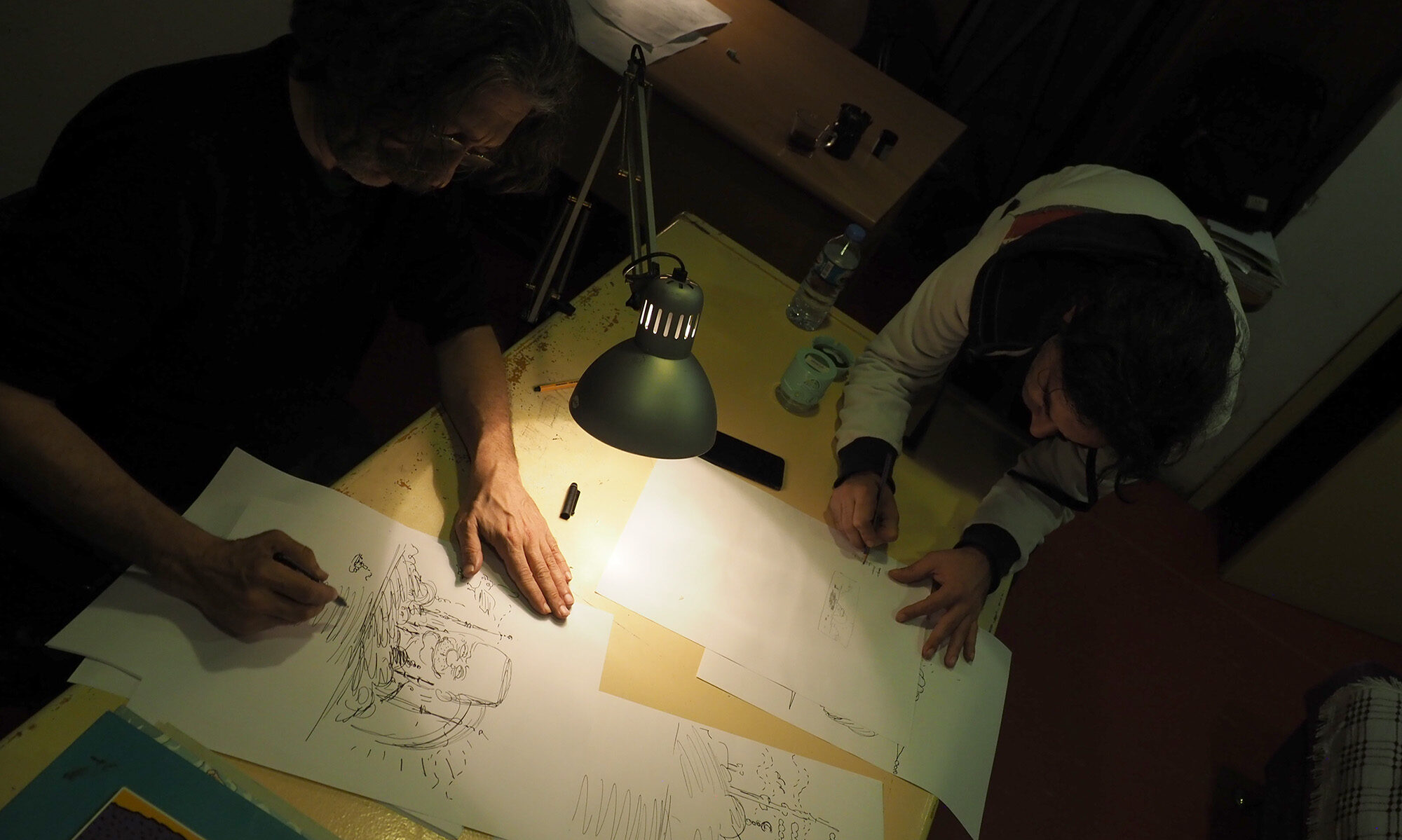When cartoonists get in trouble, it’s usually because they have used their art to speak up against authority. Iranian cartoonist Mana Neyestani, however, had to spend months in prison and finally flee his country over an innocuous cartoon of a talking cockroach in the children’s section of an entertainment magazine.
It was the summer of 2006 and Neyestani had decided to fill his humour page with a list of ways to beat cockroaches. One method: to engage the insects in dialogue. His cartoon shows his child character trying to speak to a cockroach in what the kid thinks is cockroach-language. The cockroach replies, “Namana?”

This was a slang word for “What?”, commonly used in Persian. It did not occur to him that it originated from the language of Iran’s Azeri minority — a community that has faced discrimination under the Persian-dominated regime. As luck would have it, the publication was owned by an Iranian newspaper affiliated to the government of Mahmoud Ahmadinejad.
This was enough for the cartoon to go viral as an example of anti-Azeri racism.
Azeri rights activists distributed hundreds of thousands of copies of the cartoon, telling their people that Neyestani had depicted them as cockroaches. Apologies and explanations were no help. The authorities jailed Neyestani and his editor for fomenting discord. Riots spread across Iran, resulting in several deaths and hundreds of arrests.
“It was a snowball that became an avalanche,” Neyestani recalled when we interviewed him in Paris, his home since 2011.
It was utterly unpredictable, he said — like innocently walking in front of a large, complicated picture, not realising that onlookers would see you as part of that picture.
While Azeris in Iran have genuine grievances — including the banning of their language — both Azeri rights activists and the government found it convenient to latch on to the cartoon controversy. “The government needed a scapegoat. The easiest scapegoats were journalists and cartoonists,” Neyestani noted. This suited the Azeri activists as well. “They can’t win against the authorities; they need a weaker target.”
– Cherian George. Sonny Liew and I interviewed Neyestani in August 2018 as part of our research on cartoon censorship. He wrote about his experience in An Iranian Metamorphosis.


